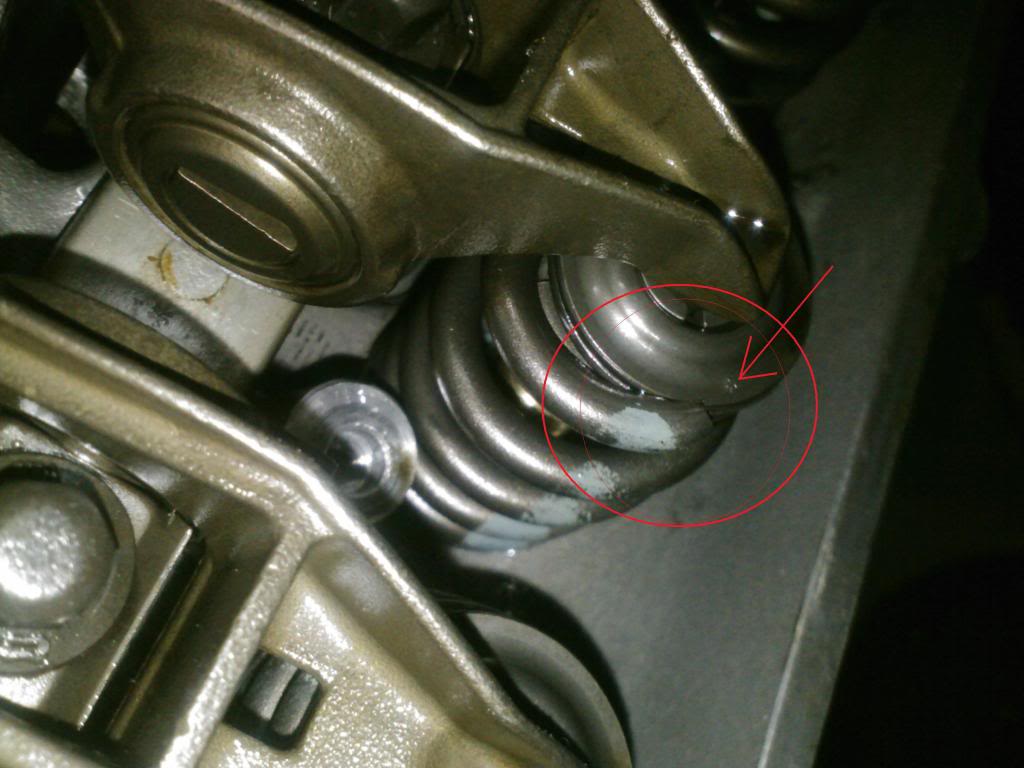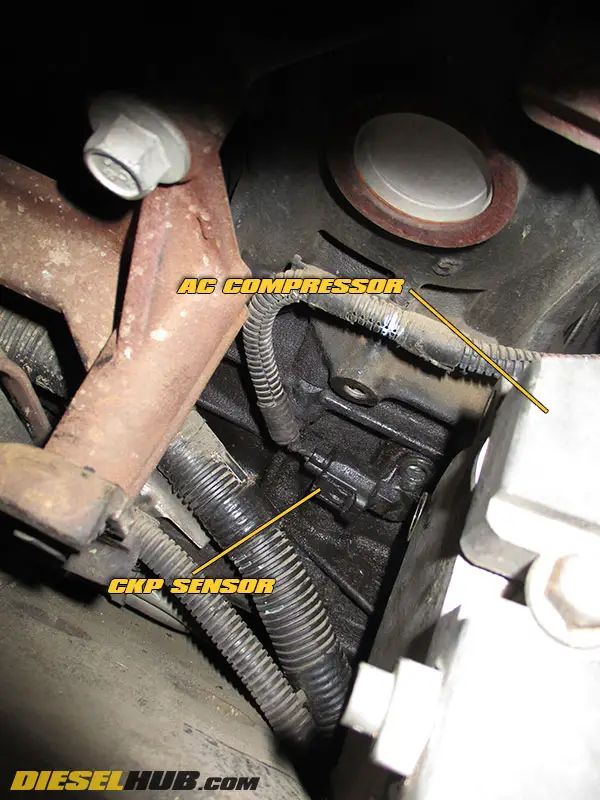Symptoms of a Broken Valve Spring
Valve springs are an essential component of your vehicle’s engine, responsible for controlling the movement of the valves. A broken valve spring can cause serious issues with engine performance and should be addressed immediately. In this article, we’ll discuss the symptoms of a broken valve spring, the potential causes, and the necessary steps to take to fix the problem.

Credit: ls1tech.com
What is a Valve Spring?
Before delving into the symptoms of a broken valve spring, it’s crucial to understand the role of a valve spring in an engine. A valve spring is a coiled spring that is designed to exert pressure to keep the engine valves closed when they are not in use. When the camshaft activates the lifters, the valve spring compresses, allowing the valve to open and close as needed during the engine’s operation.
Symptoms of a Broken Valve Spring
Identifying the signs of a broken valve spring early on can prevent further damage to your vehicle and ensure the safety of its operation. Here are some common symptoms to look out for:
1. Engine Misfires
A broken valve spring can cause the affected valve to remain open or closed, leading to engine misfires. You may notice a stuttering or jerking sensation while driving, especially during acceleration or at higher speeds.
2. Loss Of Power
If a valve remains open due to a broken spring, it can result in a significant loss of power and overall engine performance. Your vehicle may struggle to accelerate or maintain speed, even when applying more pressure to the gas pedal.
3. Rough Idling
A broken valve spring can cause the affected valve to not operate properly, leading to rough idling when the vehicle is stationary. The engine may sound louder than usual, and you may feel vibrations coming from the engine bay.
4. Engine Stalling
In severe cases, a broken valve spring can result in engine stalling. If the affected valve fails to open or close at the right time, it can disrupt the engine’s combustion process and cause the vehicle to stall unexpectedly.
5. Strange Engine Sounds
You may notice unusual tapping or clicking sounds coming from the engine if a valve spring is broken. This can indicate that the valve is not operating correctly, causing the valve train to make unusual noises during the engine’s operation.
Potential Causes of a Broken Valve Spring
Several factors can contribute to a valve spring breaking, including:
- Regular wear and tear due to high mileage
- Excessive engine heat leading to metal fatigue
- Manufacturing defects in the valve spring itself
- Improper installation or adjustment of valve components
What to Do If You Suspect a Broken Valve Spring
If you experience any of the symptoms mentioned above or suspect a broken valve spring, it’s essential to have your vehicle inspected by a qualified mechanic as soon as possible. Ignoring the issue can lead to more severe engine damage and costly repairs down the line. A professional mechanic can conduct a thorough inspection of the valve train and related components to pinpoint the cause of the problem.
Here’s why immediate action is crucial:
- Further Damage: A broken valve spring can lead to the valve bouncing around erratically or staying open completely. This can cause the valve to hit the piston, leading to catastrophic engine damage.
- Safety Concerns: Engine misfires and power loss associated with a broken valve spring can create dangerous driving situations, especially when overtaking or merging into traffic.
Depending on the severity of the issue, the mechanic may recommend replacing the broken valve spring and conducting a complete inspection of the valve train to ensure no further damage has occurred.
Diagnosis of a Broken Valve Spring
While a broken valve spring can cause some very clear symptoms, it’s important to have a mechanic confirm the diagnosis. Here are a few steps a mechanic might take to pinpoint a broken valve spring:
Check Engine Light:
- A malfunctioning engine due to a broken valve spring can trigger the check engine light. While this light can illuminate for various reasons, it serves as an initial indicator that something’s wrong with the engine’s operation.
Spark Plug Inspection:
- Spark plugs can offer clues about the health of the cylinders they service. A mechanic will remove the spark plugs and inspect them for signs that might point towards a broken valve spring:
- Soot Fouling: Excessive black soot on a spark plug can indicate incomplete combustion, which could be caused by a valve not closing properly due to a broken spring.
- Lean Burn: A light-colored or ashy spark plug can suggest a lean air-fuel mixture. This might occur if a valve is leaking due to a broken spring, allowing unmetered air into the cylinder.
Additional Tests:
These initial checks might provide hints, but a mechanic will likely perform further tests to confirm a broken valve spring. These could include:
- Compression Test: This test measures the pressure in each cylinder. A cylinder with a broken valve spring will likely show lower compression compared to healthy cylinders.
- Leakdown Test: This test pressurizes the cylinder and measures how much pressure escapes. A higher leakdown rate in a specific cylinder can indicate a problem with valve sealing, potentially due to a broken spring.
- Valve Spring Inspection: In some cases, the valve cover might need to be removed to visually inspect the valve springs for any cracks, breaks, or signs of weakness.
By combining information from the check engine light, spark plug inspection, and potentially other tests, a mechanic can diagnose a broken valve spring and recommend the appropriate repairs.
Frequently Asked Questions For Symptoms Of A Broken Valve Spring
What Are The Common Symptoms Of A Broken Valve Spring?
Common symptoms include rough idling, misfiring, loss of power, and unusual engine sounds.
How Can I Identify A Broken Valve Spring In My Vehicle?
Listen for abnormal engine noises, watch out for loss of power, and check for rough idling.
Are Broken Valve Springs A Serious Issue In A Vehicle?
Yes, they can cause severe engine damage if not addressed promptly.
Can I Drive My Vehicle With A Broken Valve Spring?
It is not recommended as it can lead to further damage to the engine.
Conclusion
A broken valve spring can have detrimental effects on your vehicle’s engine performance and should not be overlooked. Understanding the symptoms of a broken valve spring and addressing the issue promptly can prevent more severe damage and keep your vehicle running smoothly. If you suspect a broken valve spring, seek professional assistance to diagnose and resolve the problem to ensure the long-term health of your vehicle’s engine.


